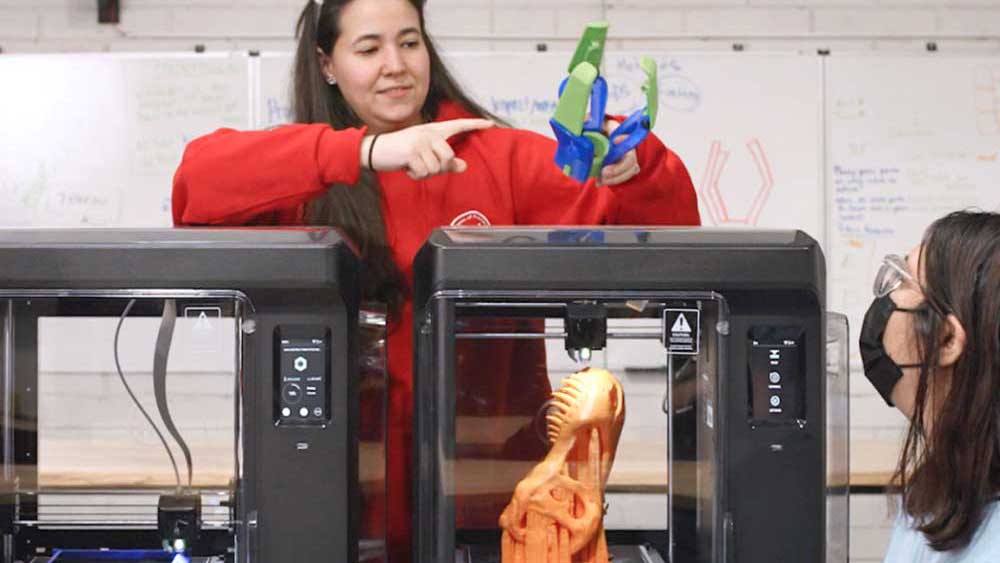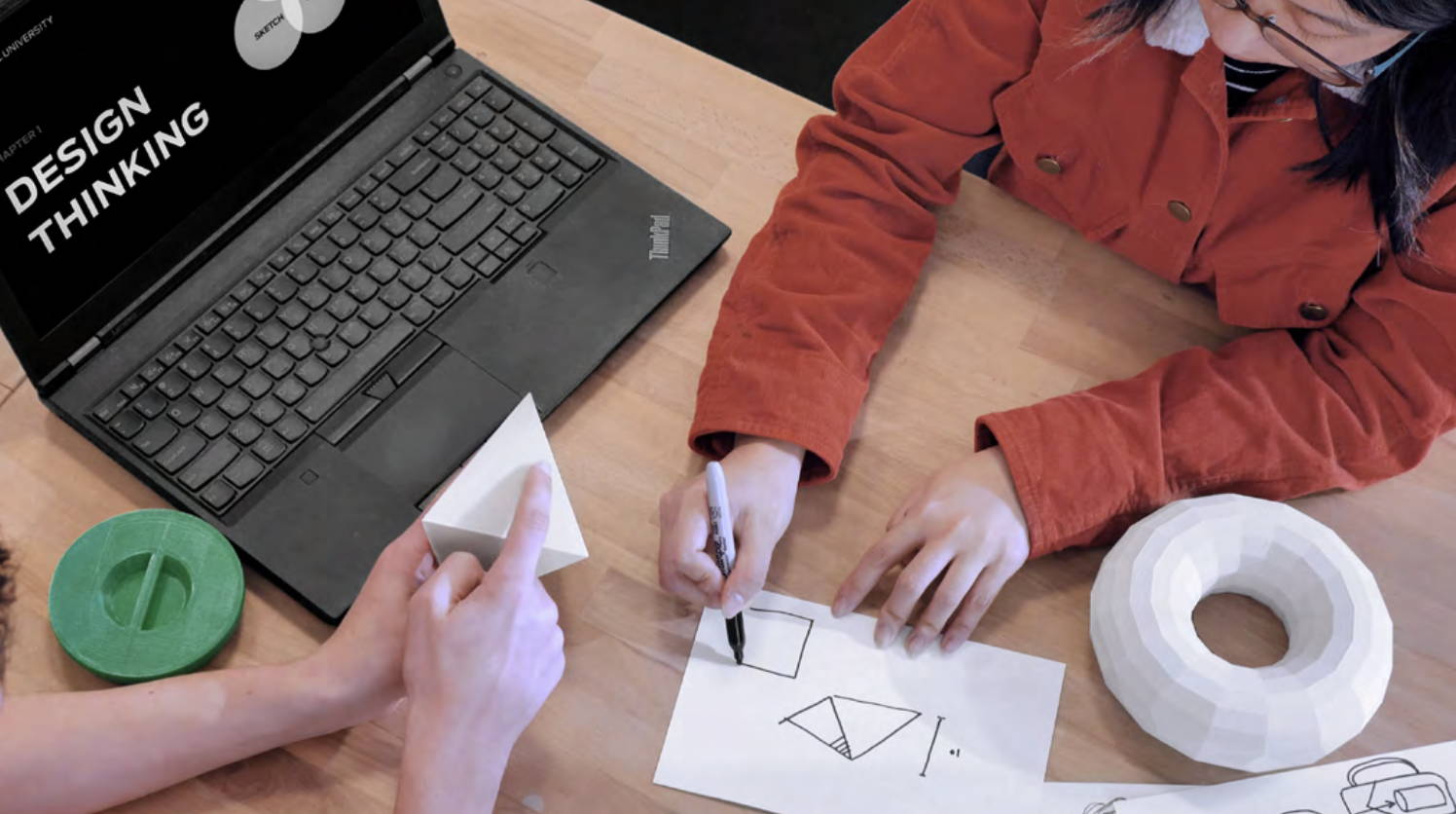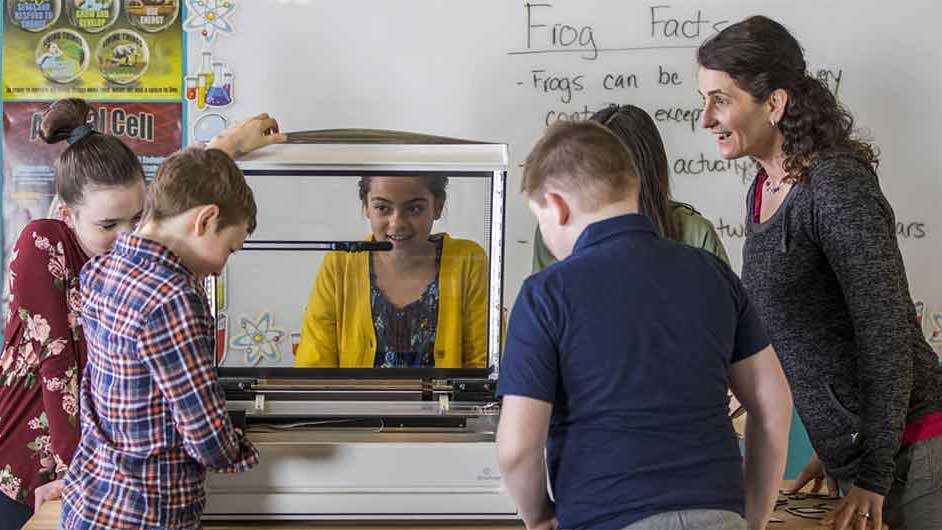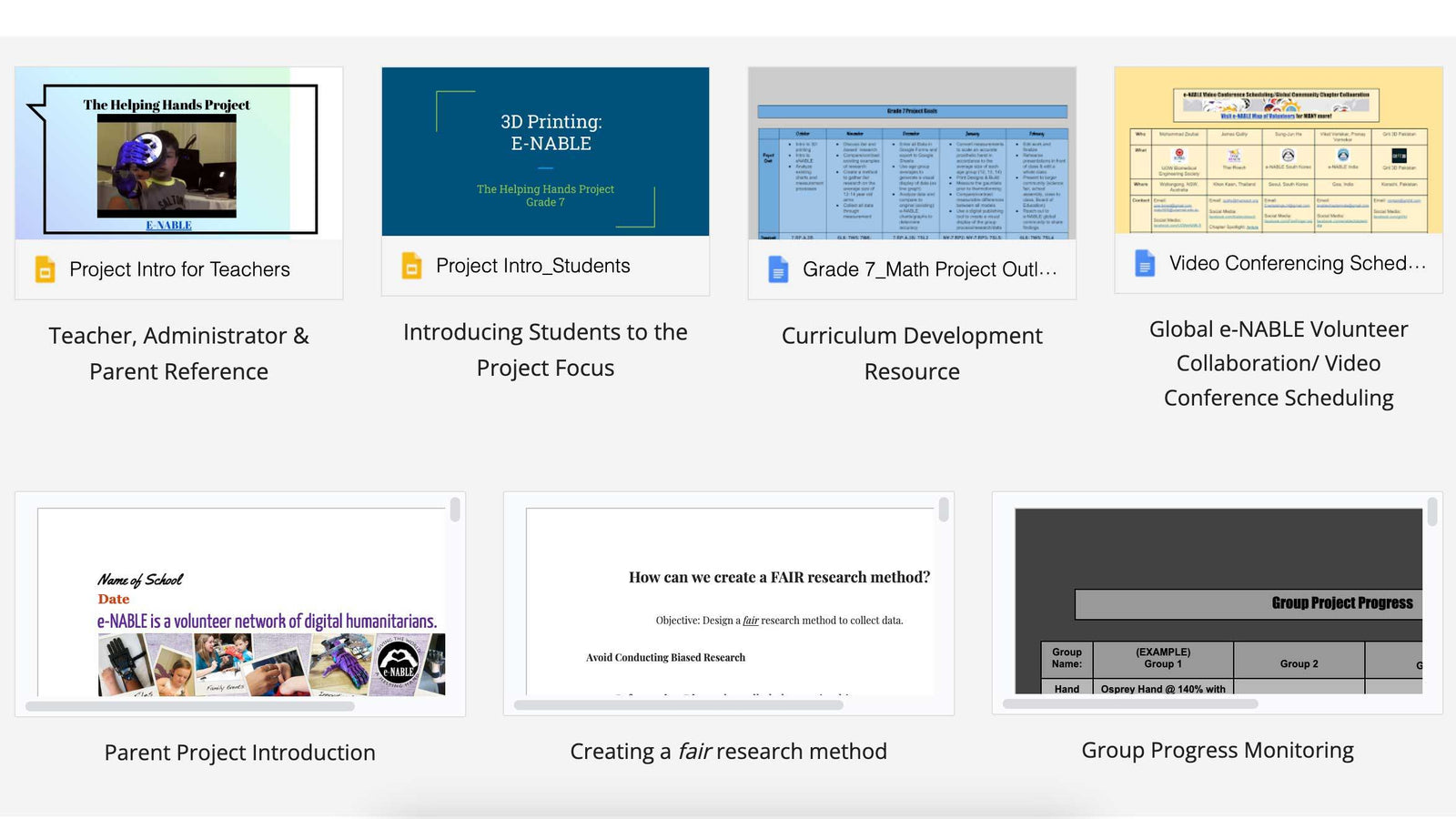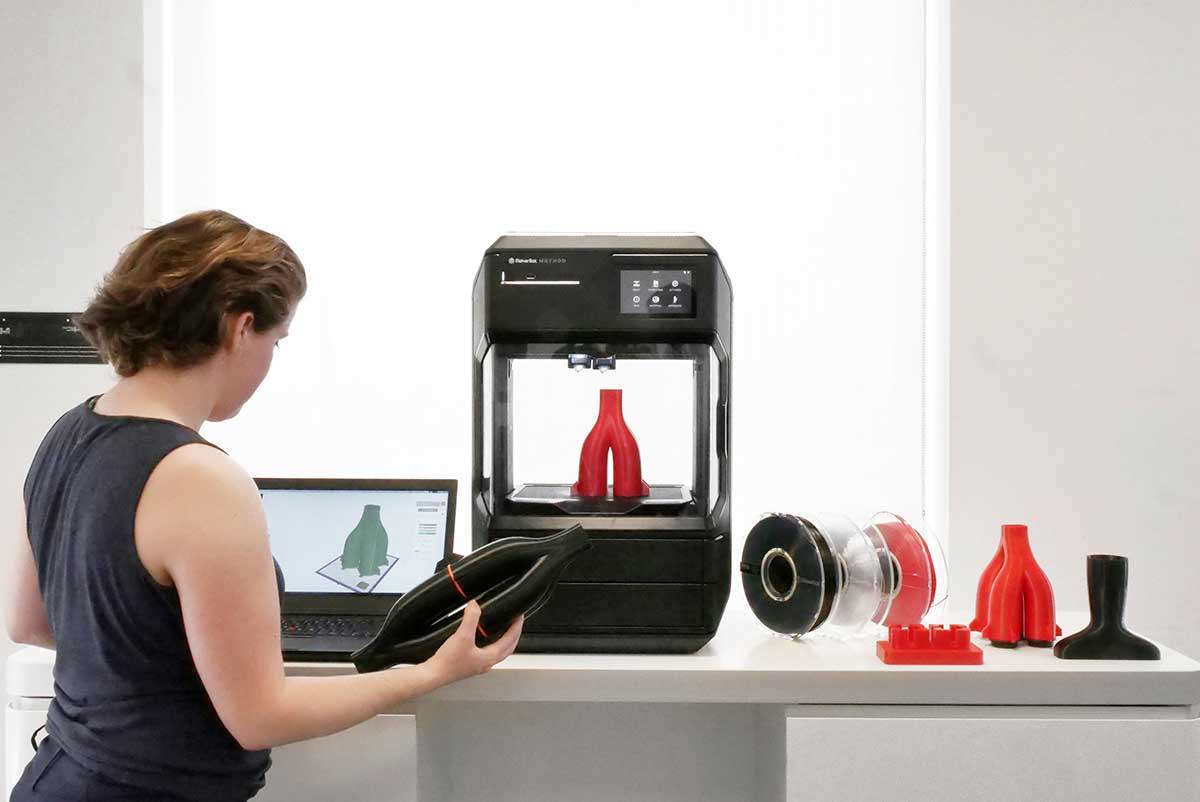Top 5 Reasons to Bring Digital Fabrication Tools into Educational Environments
June 08, 2023
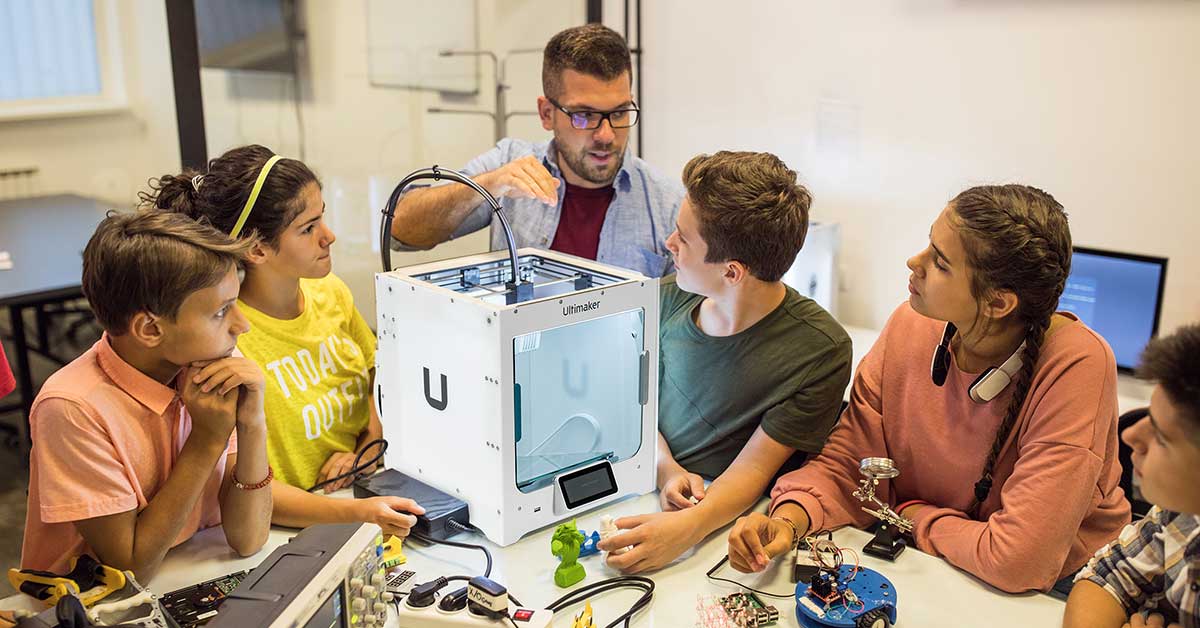
Digital fabrication tools, such as 3D printers, laser cutters, and 3D forming machines, have the potential to revolutionize education and provide students, educators, and community members with access to cutting-edge technology. But why should these tools be brought into educational environments? Here are the top 5 reasons for K-12 education, higher education, and public libraries and/or makerspaces to put these machines in the hands of those who can best benefit from them.
Top 5 Reasons for K-12 Education

-
Hands-on, experiential learning: Digital fabrication tools provide students with the opportunity to bring their ideas to life and engage in hands-on, experiential learning. This type of learning has been shown to improve student engagement and academic achievement, as well as foster critical thinking and problem-solving skills.
-
Preparing students for the future: By providing students with access to digital fabrication tools, schools are helping to prepare them for the technology-driven future. Whether students go on to pursue careers in STEM fields or simply use these skills in their everyday lives, digital fabrication provides a foundation for success in the 21st century.
-
Promoting creativity and innovation: Digital fabrication tools provide students with a blank canvas for their imaginations, and this can lead to increased creativity and innovation. Whether students are working on a class project or simply exploring their interests, these tools provide a new outlet for self-expression and creativity.
-
Collaborative learning opportunities: Digital fabrication tools also provide opportunities for students to collaborate and work together. Whether they are working on a team project or simply sharing ideas, these tools help to build stronger relationships and foster a sense of community.
- Relevance to real-world applications: By incorporating digital fabrication tools into the classroom, teachers can make lessons more relevant to real-world applications. This can help to engage students and provide them with a deeper understanding of the subject matter.
Top 5 Reasons for Higher Education

-
Career preparation: Digital fabrication tools are increasingly in demand in a variety of industries, and by providing students with access to these tools, universities are helping to prepare them for careers in fields such as product design, engineering, and architecture.
-
Research and development: Digital fabrication tools also play a critical role in research and development, and by providing access to these tools, universities can support the work of their faculty and students. This can lead to breakthroughs in a variety of fields, from medicine to renewable energy.
-
Entrepreneurial opportunities: Digital fabrication tools provide entrepreneurs and small business owners with the ability to create prototypes, test out new products, and bring their ideas to life. By offering access to these tools in a university setting, universities can help to support and foster innovation among their students and alumni.
-
Interdisciplinary collaboration: Digital fabrication tools provide opportunities for students from different disciplines to come together and collaborate. Whether they are working on a joint project or simply sharing ideas, these tools help to foster interdisciplinary collaboration and bring different perspectives to the table.
- Improving graduation rates: By providing students with access to digital fabrication tools, universities can help to improve graduation rates and provide students with the skills and knowledge they need to succeed after graduation.
Top 5 Reasons for Public Libraries and/or Makerspaces

-
Access to technology: Digital fabrication tools can be expensive, and by offering access to these tools in a public library or makerspace setting, libraries are helping to democratize access to technology and provide everyone with the opportunity to learn and explore.
-
Promoting STEM education: By offering workshops, classes, and other learning opportunities that focus on digital fabrication, public libraries, and makerspaces can help to promote STEM education and encourage a love of science, technology, engineering, and math.
-
Fostering community engagement: Public libraries and makerspaces provide opportunities for community members to come together, learn from one another, and collaborate on projects. This type of engagement can help to build stronger relationships and foster a sense of community.
-
Encouraging lifelong learning: Digital fabrication tools are constantly evolving, and by providing access to these tools in a public library or makerspace setting, libraries are helping to encourage lifelong learning and provide community members with the opportunity to continue learning and growing.
- Supporting entrepreneurship: Digital fabrication tools can also play a critical role in the development of new products and businesses, and by offering access to these tools in a public library or makerspace setting, libraries can help to support entrepreneurship and innovation in their communities.
To Summarize
In conclusion, there are many compelling reasons to bring digital fabrication tools into educational environments, including improved learning outcomes, increased creativity and innovation, career preparation, and community engagement. Whether you are a teacher, a student, or a community member, digital fabrication tools provide opportunities to learn, explore, and create, and they have the potential to play a transformative role in education and beyond.
Have questions? Feel free to schedule a FREE consultation with us to help you decide which tools would be the best fit for your space or email us at info@3duniverse.org.

